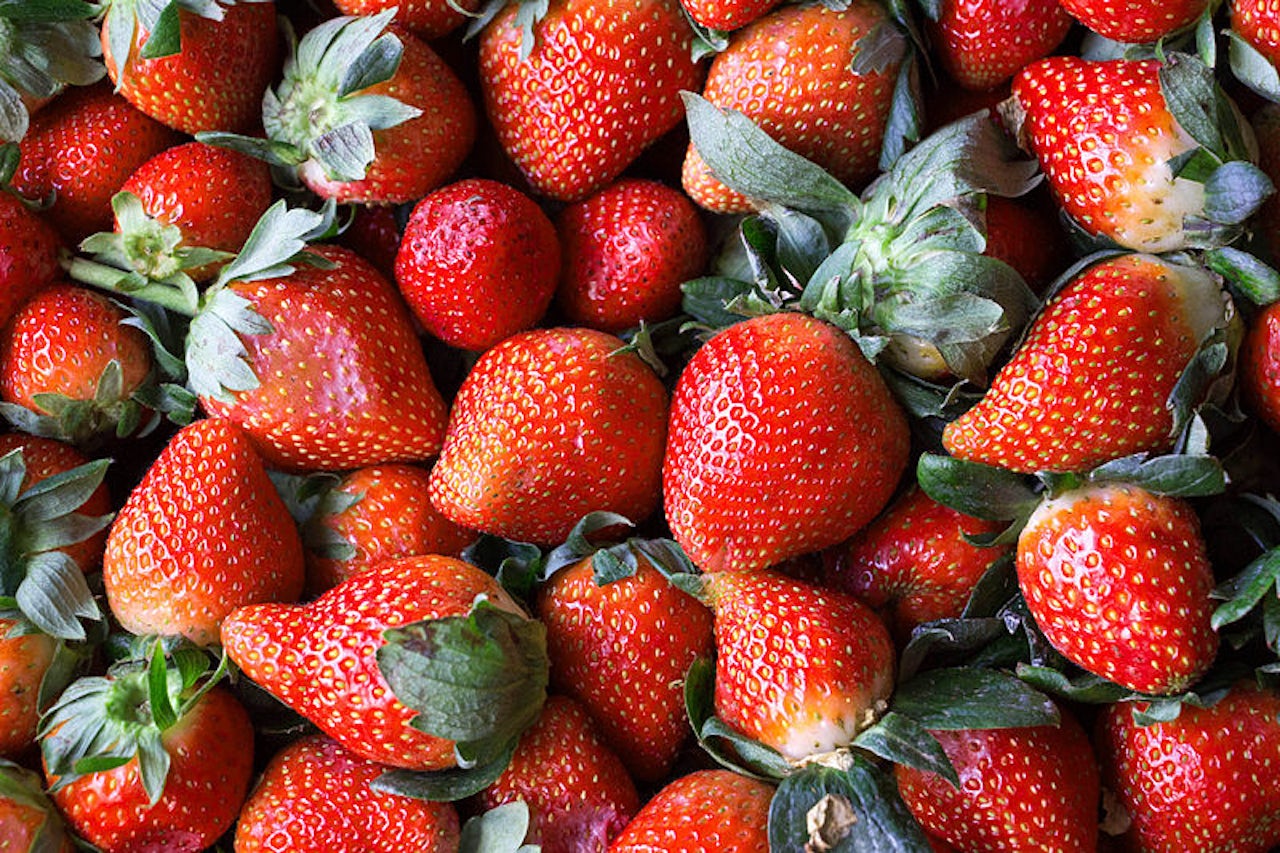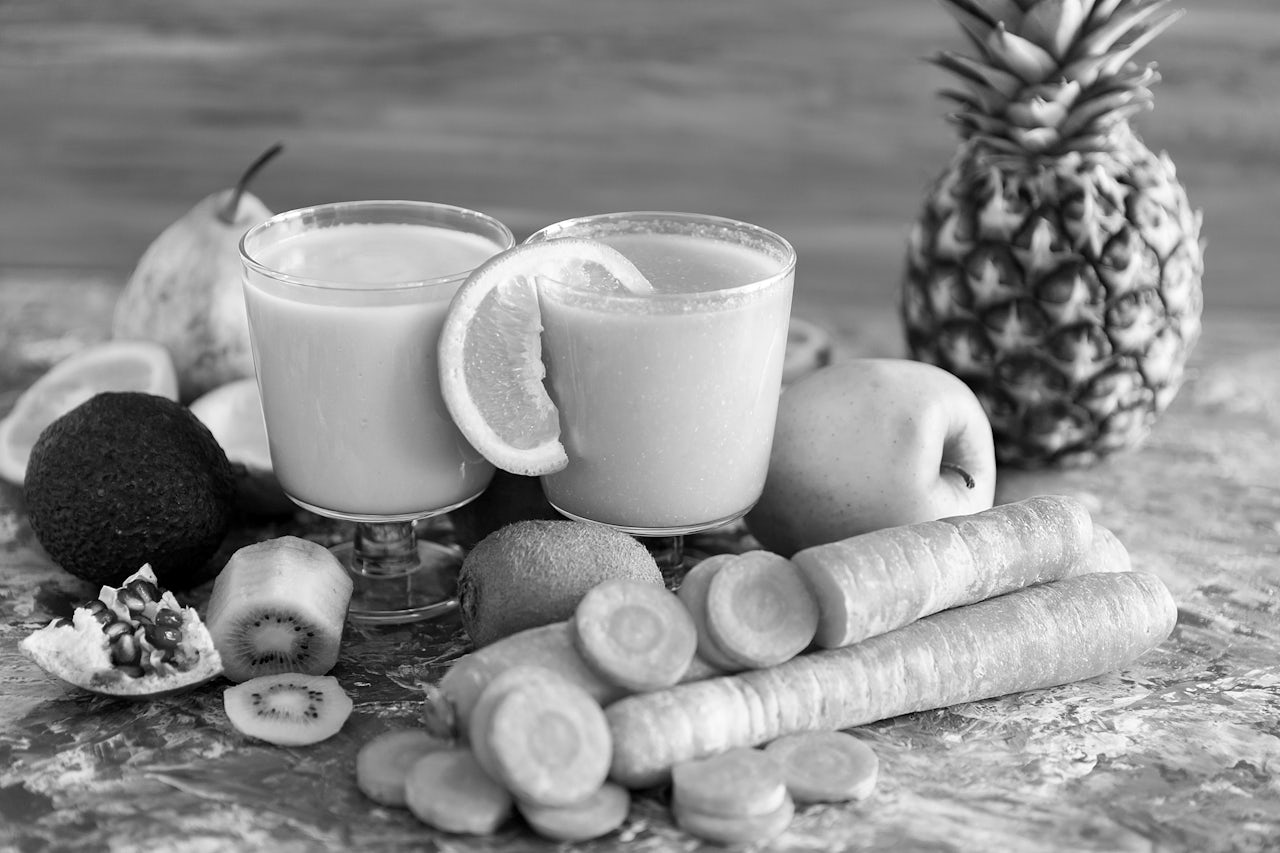It’s that time of year again: the Environmental Working Group—an organization funded by Big Organic—released its fourteenth “Dirty Dozen” list, outlining parts of the produce aisle that are supposedly so filled with pesticides that we should be filled with dread and shift to (you guessed it) organic foods.
While the Dirty Dozen always gets its fair share of media attention in the days after its release, people are starting to catch on to the fact that the list is largely fear-mongering, pseudo-science propped up by corporate interests.
One of the most glaring issues with the list is that it misrepresents chemistry and biology. Joe Schwarcz, a professor of science and society at McGill University, wrote that the methodology used to create the “Dirty Dozen” list is highly suspect. The EWG took data from the Department of Agriculture’s “Pesticide Data Program” and counted the total number of different pesticides taken from samples around the country, Schwarcz writes. He points out that this is a measure of the diversity of pesticide use on a fruit or berry around the country. It doesn’t indicate dangerous contamination levels in a single fruit or berry.
“The presence of a residue is not equal to the presence of risk!” Schwarcz wrote. “Raising alarm is profitable because that is what keeps donations coming in so that more such exemplary work can be carried out.”
The other issue is that organic foods also contain a noticeable amount of pesticides—despite marketing tactics from organic food companies which claim that their products are unusually clean or safe. In Lifehacker, Beth Skwarecki wrote that even organic versions of fruits and berries don’t always contain lower pesticide amounts than their non-organic counterparts.
“We recommend ignoring the Dirty Dozen list entirely, and buying whichever fruits and veggies work for your diet and your budget,” Skwarecki wrote.
Harvesting produce that’s safe for consumers also isn’t a simple metric of how much pesticides are used. It’s a complicated balance. According to Plant pathologist Steve Savage, strawberries can only be grown on certain types of land, primarily cool areas of California. Due to the berry’s climate sensitivity, organic strawberries have relatively low yield per acre. “It's actually not a good idea to do more organic production—and certainly not based on pesticide residue concerns,” Savage said.
But perhaps the most notable aspect of the Dirty Dozen is its underlying intention: to influence consumer habits. Julianna LeMieux wrote for the American Council on Science and Health that the EWG’s tactics for doing so are questionable.
According to LeMieux, by buying the organic versions of the fruits and berries on the Dirty Dozen list, the EWG asserts that people can reduce the amount of pesticides they consume by 80 percent. But the EWG never actually measured how much pesticides intake in the average consumer. So there’s pretty much no basis at all for the 80 percent figure.
Kevin Folta of AG Dailywrote that the entire list is a perfectly crafted tool of fear-mongering. What’s worse, it instills a sense of risk and danger in buying healthy foods from the supermarket. This has a disproportionate impact on economically disadvantaged people, who may not be able to afford the jacked-up prices of organic foods and simply opt to avoid fruits and berries altogether.
Folta also wrote for The Genetic Literacy Project that in addition to promoting fear among economically disadvantaged consumers, the EWG's Dirty Dozen list also stands to impact farmers, whose livelihood depends upon the success and market viability of their products.
Navigating the modern nutritional landscape is undoubtedly difficult. It’s not obvious to the average consumer which foods are healthy and safe, or how they can achieve nutritional balance—especially on a budget. Unfortunately, the Dirty Dozen list is only making this task more challenging—especially when many different outlets have a habit of reporting the list without questioning it.


